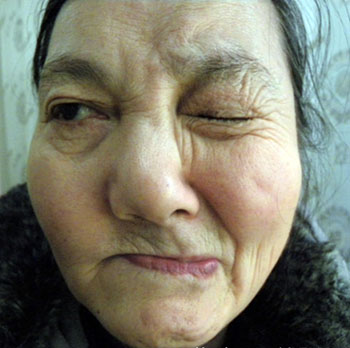
TCM Perspective On
Hemifacial Spasm
Traditional Chinese medicine operates on the belief that the body is made up of energy, or qi, that travels most potently in lines called meridians that run along the body. The body's qi, as well as blood, can become stagnant or stuck, causing emptiness and excess in certain areas. Facial paralysis or spasm is thought to be mainly due to emptiness of the network vessels. External pathogens, like wind, heat or cold, can prey upon the vacuity, attacking your facial nerves and sinews in the face. Qi and blood are blocked, impeding the muscles' ability to relax and contract. Older patients are more at risk for neuromuscular disorders, and recover more slowly than younger patients. As you age, your qi and blood diminish, leaving you more vulnerable to deficiency or vacuity.
Western Point of View
Hemifacial spasm occurs in both men and women, but typically affects middle-aged and elderly women. These spasms may originate from a compressed facial nerve, which interrupts nervous system signaling. Tumors, blood vessels and injuries to the face can affect the cranial nerves that innervate facial muscles. Beginning with intermittent eyelid twitching, hemifacial spasms can progress to involve the muscles on one side of the face, keeping them continuously contracted. One side of your face may appear to "droop," similar to Bell's palsy. Western medical treatments include surgery, botulinum toxin injections and medications to relax muscles. Prognosis is dependent on how you respond to treatments; you may have lasting effects for the rest of your life.